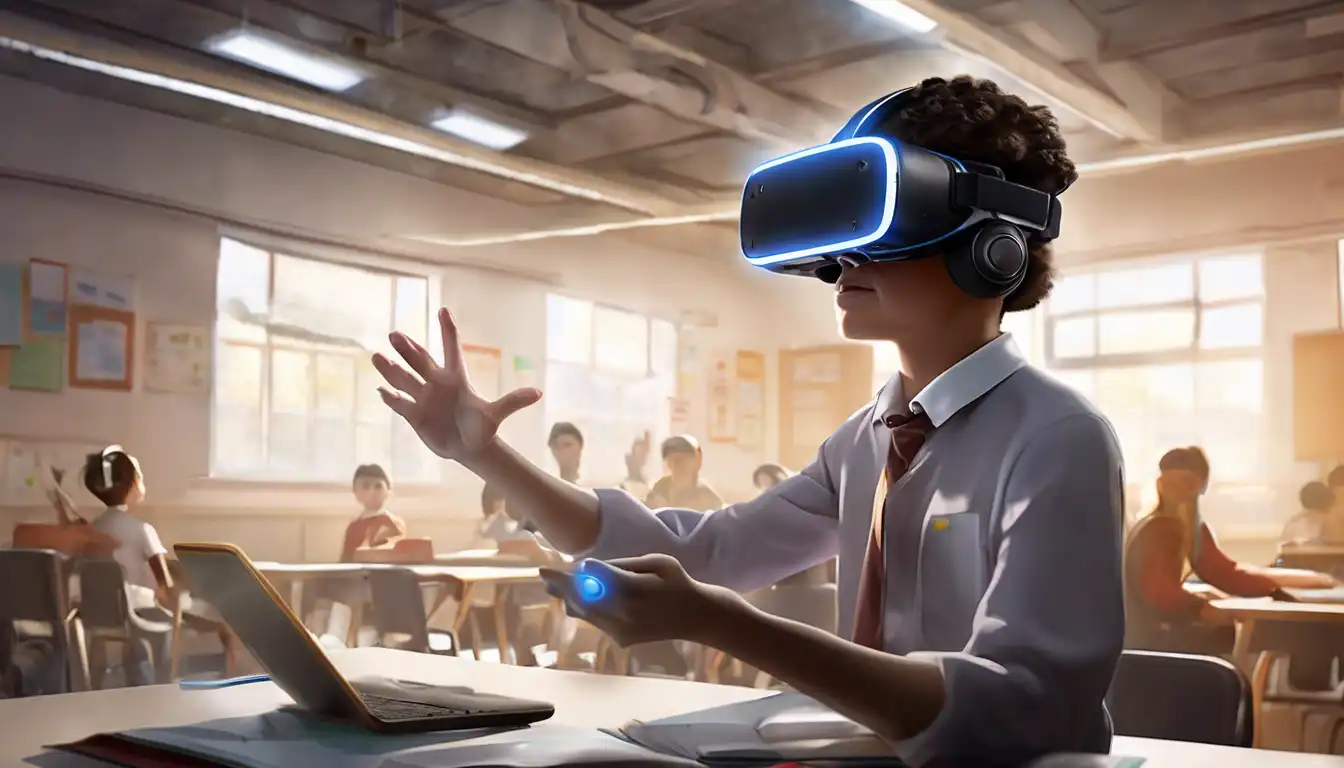The Transformative Impact of Virtual Reality on Learning and Skill Development
Virtual Reality (VR) technology has rapidly evolved from a futuristic concept into a practical tool in various sectors, notably in education and training. Its immersive nature offers unparalleled opportunities for engaging learners, simulating real-world scenarios, and enhancing the acquisition of knowledge and skills. This article delves into the potential of VR in revolutionizing educational methodologies and professional training programs.
Immersive Learning Experiences
VR creates immersive learning environments that can transport students to historical sites, inside the human body, or even to outer space, all from the safety of their classroom. This level of immersion enhances understanding and retention of complex subjects by allowing learners to experience rather than just read about them.
Enhanced Engagement and Motivation
The interactive nature of VR significantly increases learner engagement and motivation. By incorporating gamification elements, VR makes learning more enjoyable and less of a chore, leading to higher participation rates and better outcomes.
Practical Applications in Professional Training
Beyond traditional education, VR is making waves in professional training. From medical students practicing surgeries to firefighters training in simulated disaster scenarios, VR provides a safe, cost-effective, and scalable solution for hands-on training without the real-world risks.
Overcoming Geographical and Physical Limitations
VR technology breaks down geographical and physical barriers to education. Students from remote areas can attend virtual classes, and individuals with physical disabilities can participate in experiences that would otherwise be inaccessible to them.
Challenges and Considerations
Despite its potential, the adoption of VR in education and training faces challenges, including high costs, the need for technical expertise, and concerns over screen time. However, as technology advances and becomes more affordable, these barriers are gradually being overcome.
For more insights into the future of learning technologies, explore our article on the future of e-learning.
Conclusion
The potential of VR in education and training is immense, offering innovative ways to engage learners, simulate real-life scenarios, and overcome traditional learning barriers. As VR technology continues to evolve, its role in shaping the future of education and professional development is undeniable. The journey of integrating VR into mainstream education and training is just beginning, and its full impact remains to be seen.
